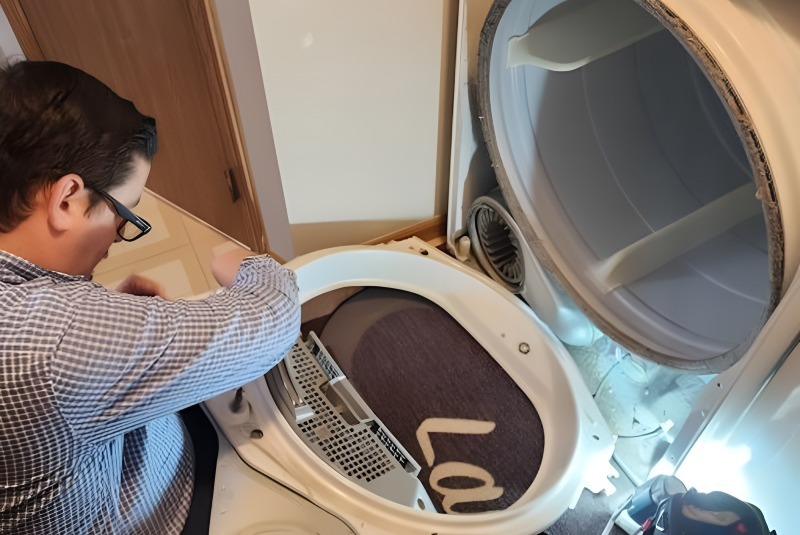2/2/2025 5:09 PM

When your washing machine and dryer malfunction, it can throw off your whole schedule. Luckily, being aware of the typical problems and error codes can assist you with washer & dryer repair and reduce expenses.
Washer & dryer repair frequently starts with interpreting error codes. For example, if your LG washing machine shows an 'OE' error, it signifies a problem with drainage. Initially, inspect the drain hose for kinks or obstructions and verify that the drain pump filter is clear. For a Bosch dryer displaying an 'E09' error, it typically indicates an issue with the heating element, which may necessitate professional assistance; however, you can inspect connections for any apparent problems. For those who are daring with DIY washer & dryer repair, make sure to have an appropriate toolkit available. Typical tools consist of a multimeter, various screwdrivers, and a set of wrenches. Before beginning any repair, always disconnect the appliance to avoid accidents. Exploring the cause of the issue can frequently be essential for straightforward washer & dryer repair.If your dryer isn’t heating, check the thermal fuse and replace it if needed. At the same time, ongoing vibrations from the washing machine could suggest an uneven load or a requirement to adjust the appliance's level. Attempt to modify the feet until the washer is level, and arrange the laundry uniformly inside the drum. While do-it-yourself fixes can address small problems, ongoing issues might require professional assistance. Routine upkeep, like clearing lint traps and checking that hoses are unobstructed, can minimize the need for frequent washer & dryer repair and prolong the lifespan of your machines.
Ultimately, being aware of your appliance's peculiarities and error codes can make washer & dryer repair easier and help restore normalcy to your home quickly. By applying some effort and utilizing the appropriate tools, numerous typical problems can be resolved without the need for expert assistance.